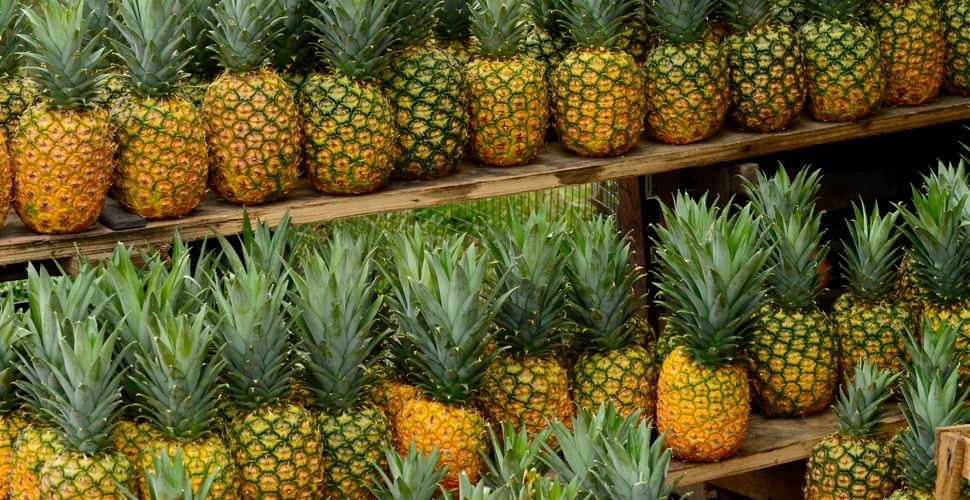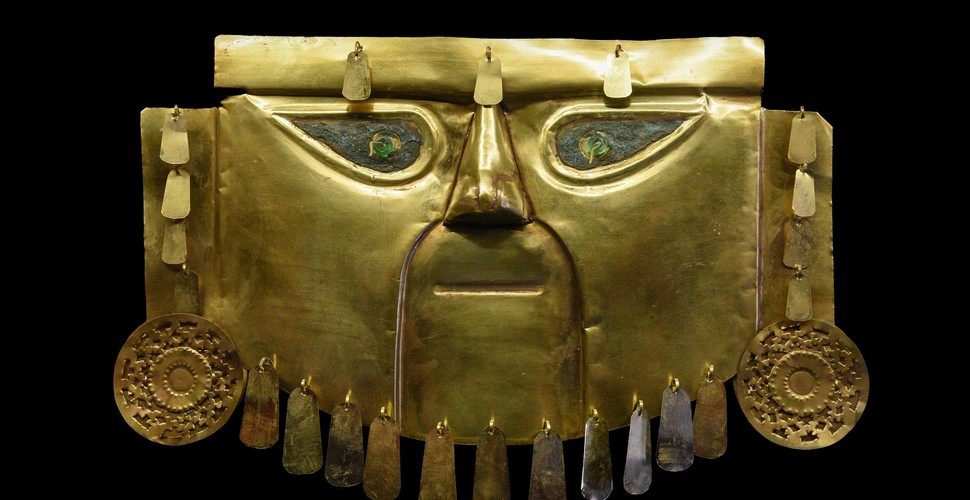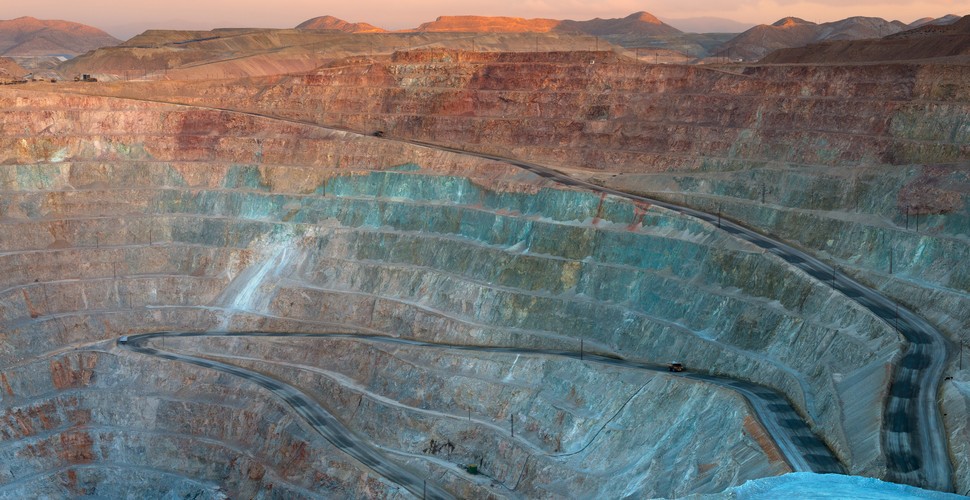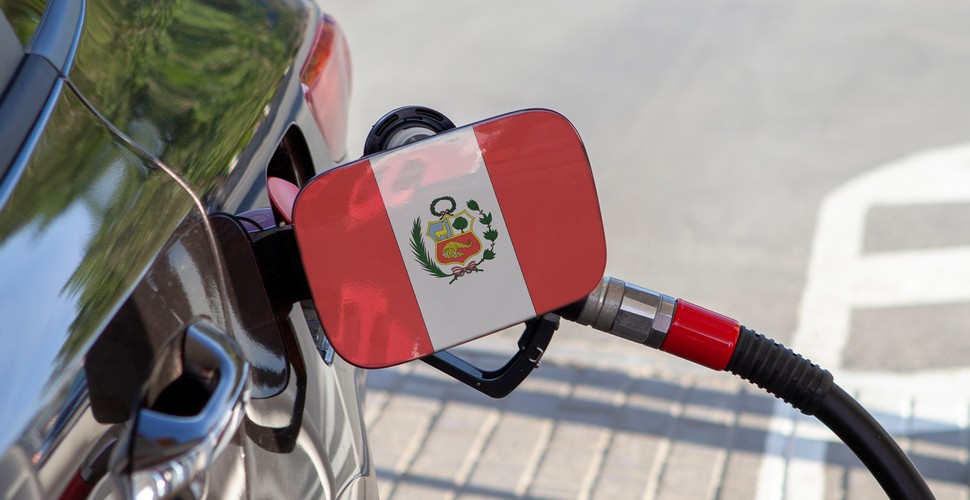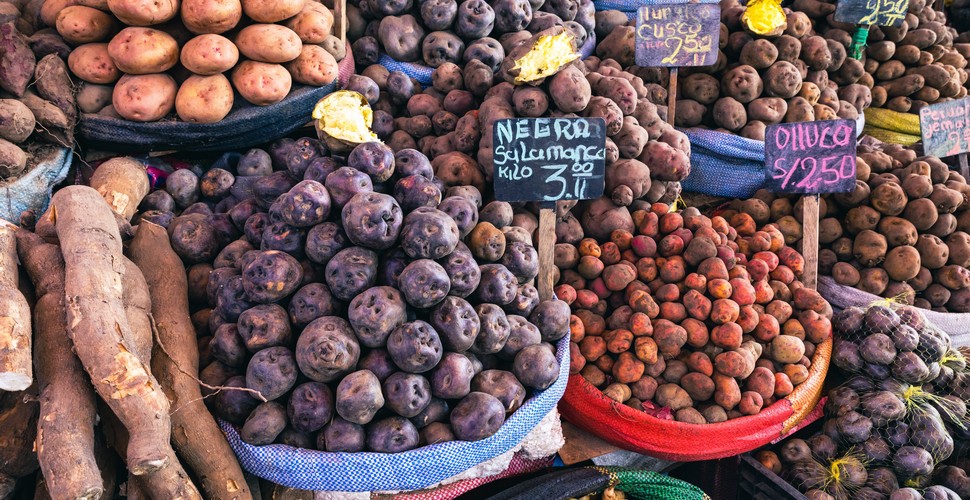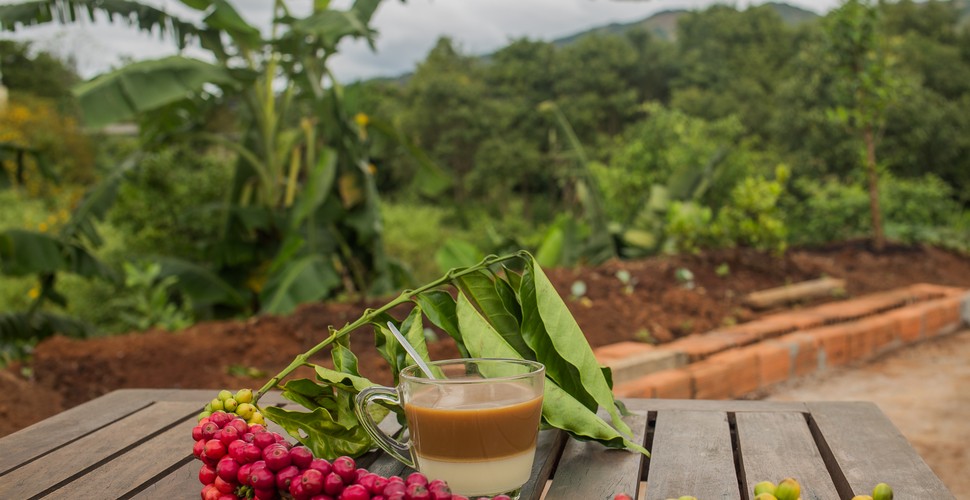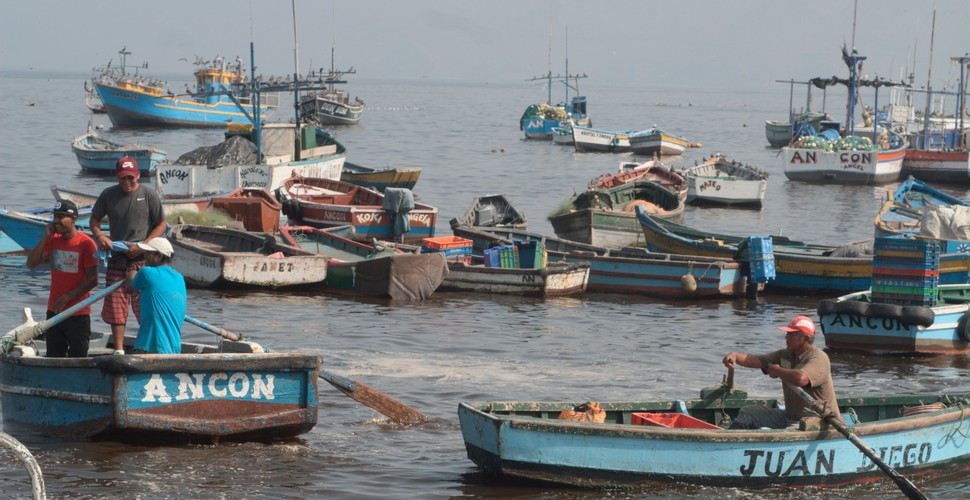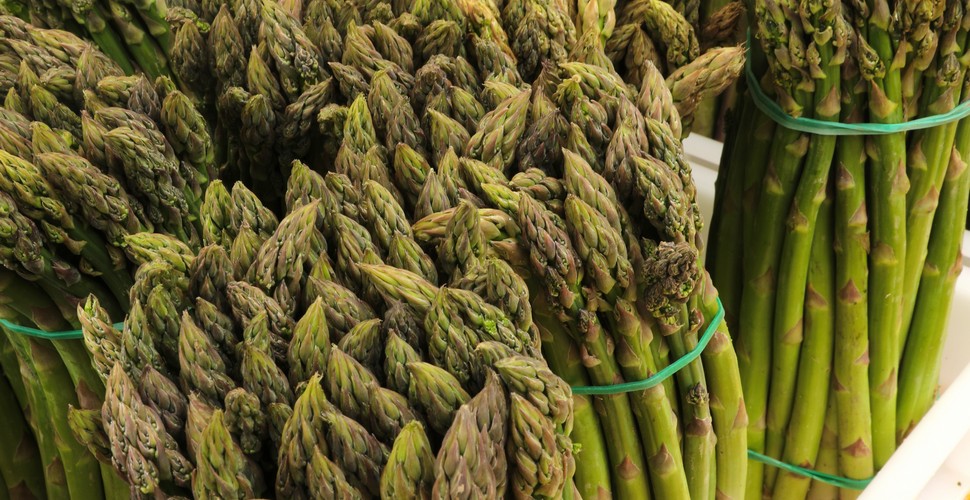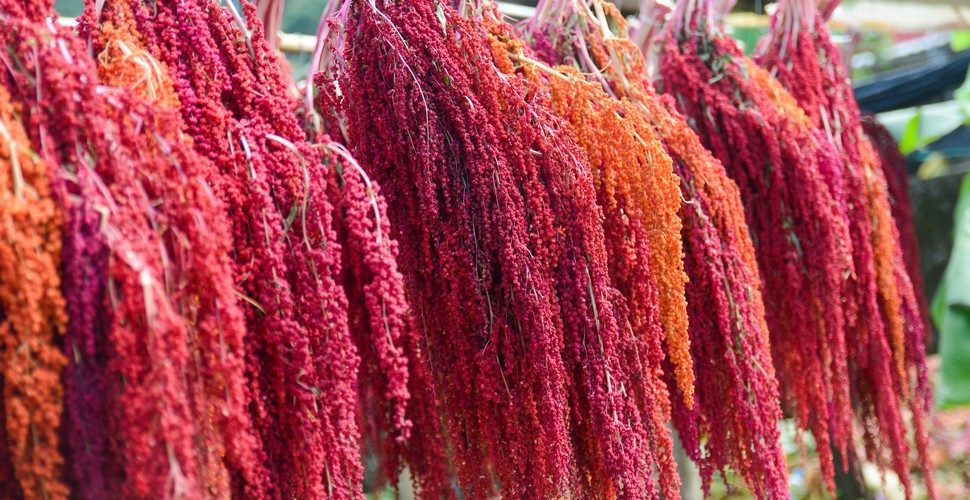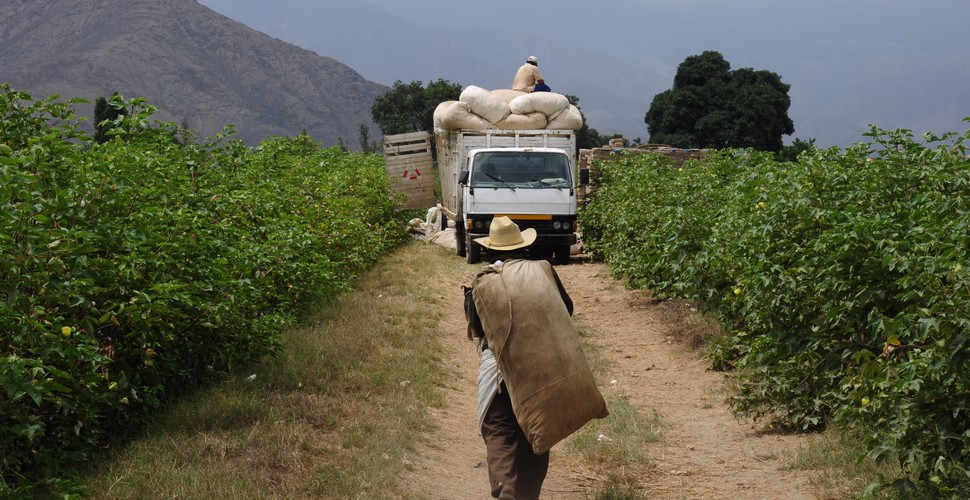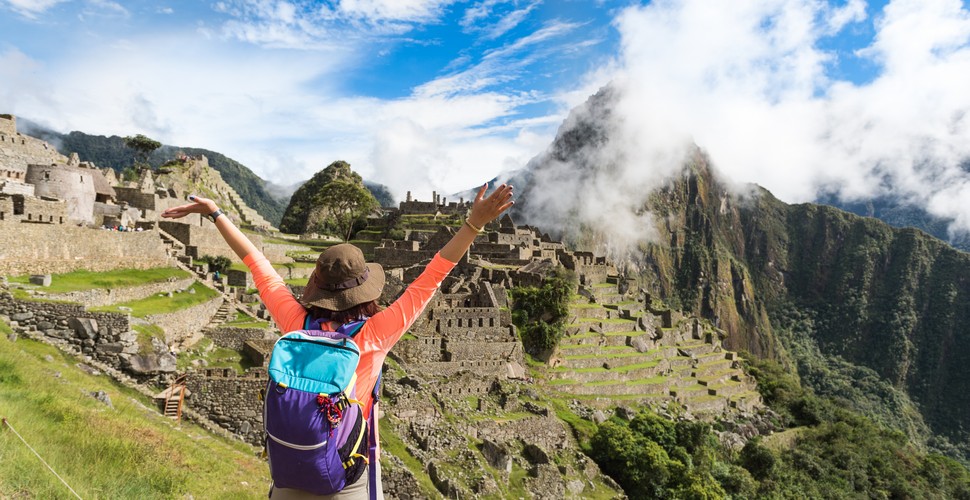
What does Peru Export?
Written by:Valencia Travel
Last Update: 2025-01-31
Peru’s economy is classified as an upper-middle-class economy by the World Bank. It’s also the 39th largest economy worldwide. Due to economic reforms that took place during the 2000s, Peru has become one of the fastest-growing economies globally. Peru is a resource-rich nation, which is both a source of economic stability and social and environmental instability. Mining operations and oil drilling are a threat to the natural environment, including within the Amazon Rainforest. The push and pull of multinational operations inside Peru, and the level to which successive governments provide access to resources, will likely remain a source of controversy and protest for many years to come.
Peruvian Pineapple
Peru's Diverse Export Portfolio:
As per the Economic Complexity Index, Peru constitutes the 59th largest export economy in the world, and also the 91st most complex economy across the globe. In the year 2014, goods worth up to 39.8 billion USD were exported from Peru. In the same year, the import of goods was calculated to be 42.3 billion USD. Being the fifth most highly populated country in South America with a population of almost 30 million, Peru has shown tremendous tenacity in terms of controlling inflation as well as unemployment in the last few years. Peru's economy is dependent on commodity exports, making the economy at risk due to price volatility in the international markets. The Government of Peru displayed little interaction in the public sector throughout the nation's history since the economy frequently experienced commodity booms. The extraction of such commodities has brought conflict within the country due to its environmental and social impacts.
Ancient Peruvian Gold
Mining
Mining is a major pillar of the Peruvian economy.
In 2019, the country was the 2nd largest world producer of copper and silver.
- The 8th largest world producer of gold,
- The 3rd largest world producer of lead
- The 2nd largest world producer of zinc,
- The 4th largest world producer of tin,
- The 5th largest world producer of boron
- and 4th largest world producer of molybdenum.
Peru was once the world's largest producer of silver and was also one of the five largest gold producers in the world.
Peruvian Open-Pit Copper Mine
Petroleum and Derivatives
In 2020, Peru exported $1.41B in Petroleum Gas, making it the 29th largest exporter of Petroleum Gas in the world. In the same year, Petroleum Gas was the 4th most exported product in Peru.
Peruvian Petrol Station
Peru Agricultural Exports
Peru is one of the 5 largest producers of avocado, blueberry, artichoke, and asparagus, one of the 10 largest producers in the world of coffee and cocoa, one of the 15 largest producers in the world of potato and pineapple, and also has a considerable production of grape, sugarcane, rice, banana, maize, and cassava; its agriculture is considerably diversified.
Peruvian Potatoes
Coffee and Cocoa
Peru ranks among the world’s countries with the greatest biological diversity and the fourth as regards the diversity of plant species. This is a key piece in understanding not just the world boom of Peruvian cuisine where chocolate fills a privileged niche, but also the great potential and quality of Peruvian chocolate. Good flavor, made possible by a combination of taste and scent, of drinking, bar, and other chocolate presentations, is the result of the combined effect of the diversity of species, soils, and climates for cacao. That is why Peruvian chocolate and more generally Peruvian cacao are gaining increasing world acceptance. Peru is also one of the world’s major coffee-producing countries.
Peruvian Coffee Plantation
Fish
Peru is an international leader in fishing, producing nearly 10 percent of the world's fish catch.
Lima Fishing Boats
Vegetables
Peru exports Potatoes, asparagus, artichokes, paprika peppers, and onions.
Peruvian Asparagus
Quinoa
In 2020, Peru exported approximately 51 million kilograms of quinoa, which represented an export value of nearly 124 million U.S. dollars. Compared to the previous year, the amount of quinoa exported from the Andean country increased slightly, from 49.5 million kilograms.
Quinoa
Manufacturing
Peru has developed a medium manufacturing sector. The sector now represents 23 percent of the GDP and is tied heavily to mining, fishing, agriculture, construction, and textiles. Manufacturing is mainly devoted to processing to gain a value-added advantage. The most promising sector is textiles, metal mechanics, the food industry, the agricultural industry, manufacturing, chemicals, pharmaceuticals, machinery, and services.
Peruvian Cotton Field, Ica
Tourism
Tourism has represented a new growth industry in Peru since the early 1990s, with the government and private sector dedicating considerable energies to boosting the country's tourist destinations both for Peruvians and foreigners.
 Aventure
Aventure
 Cultural
Cultural
 Gastronomy
Gastronomy
 Wellness
Wellness
 Local Living
Local Living
 Luxury
Luxury
